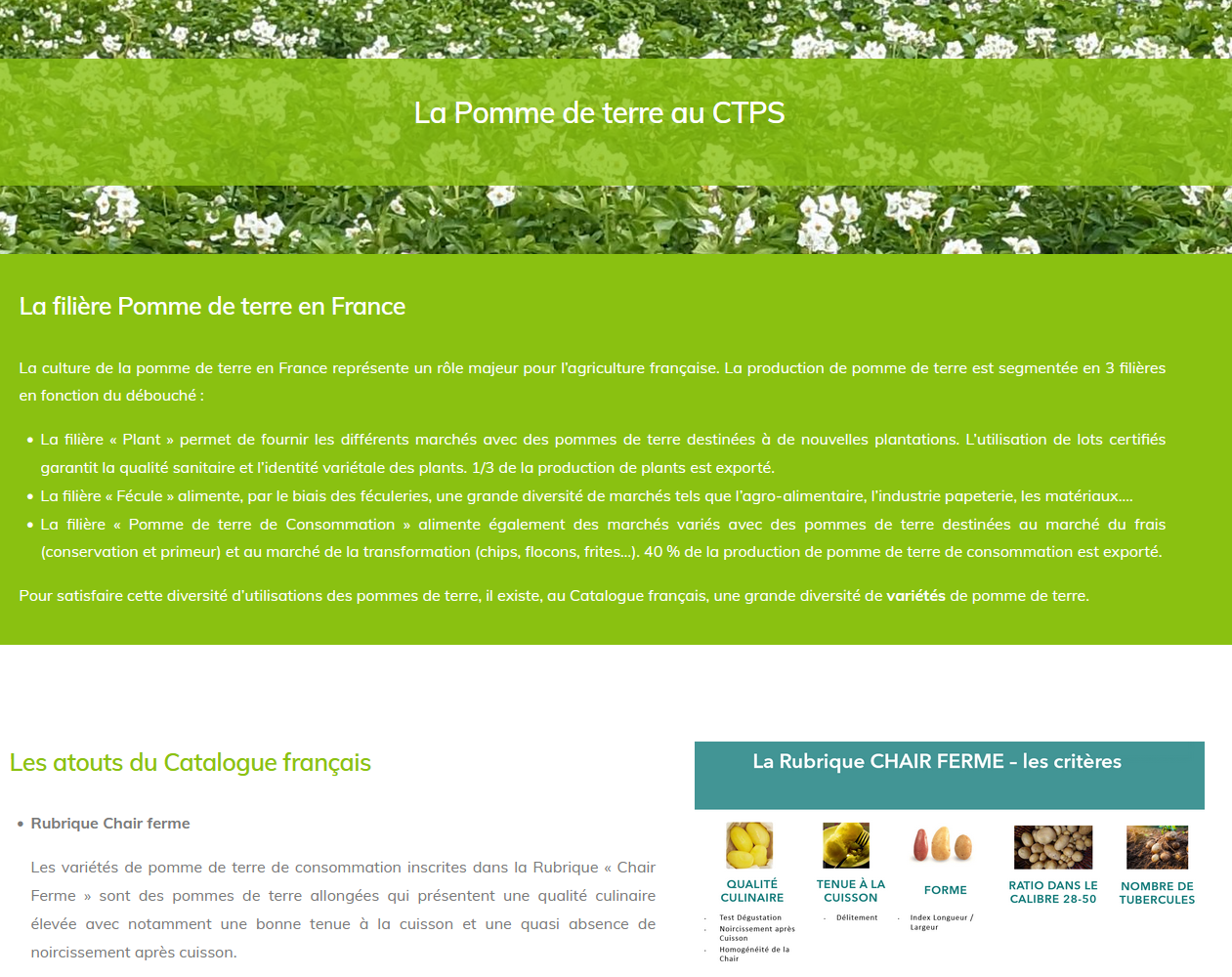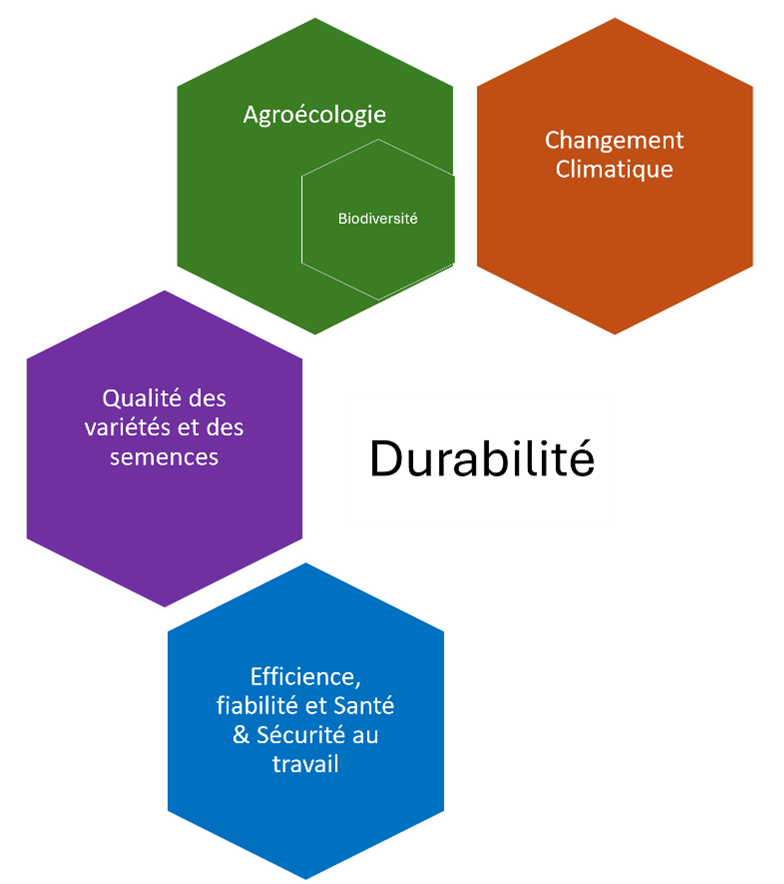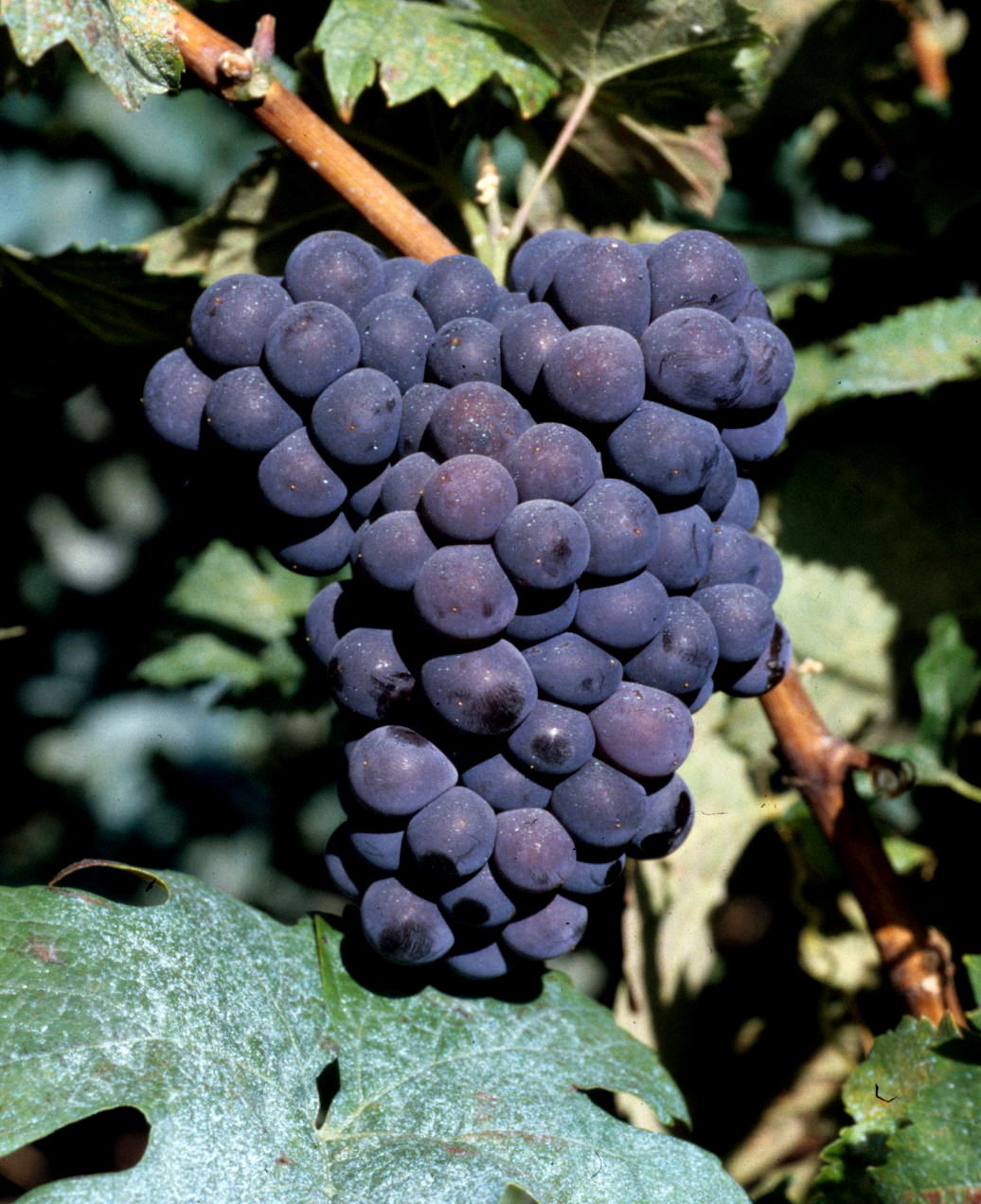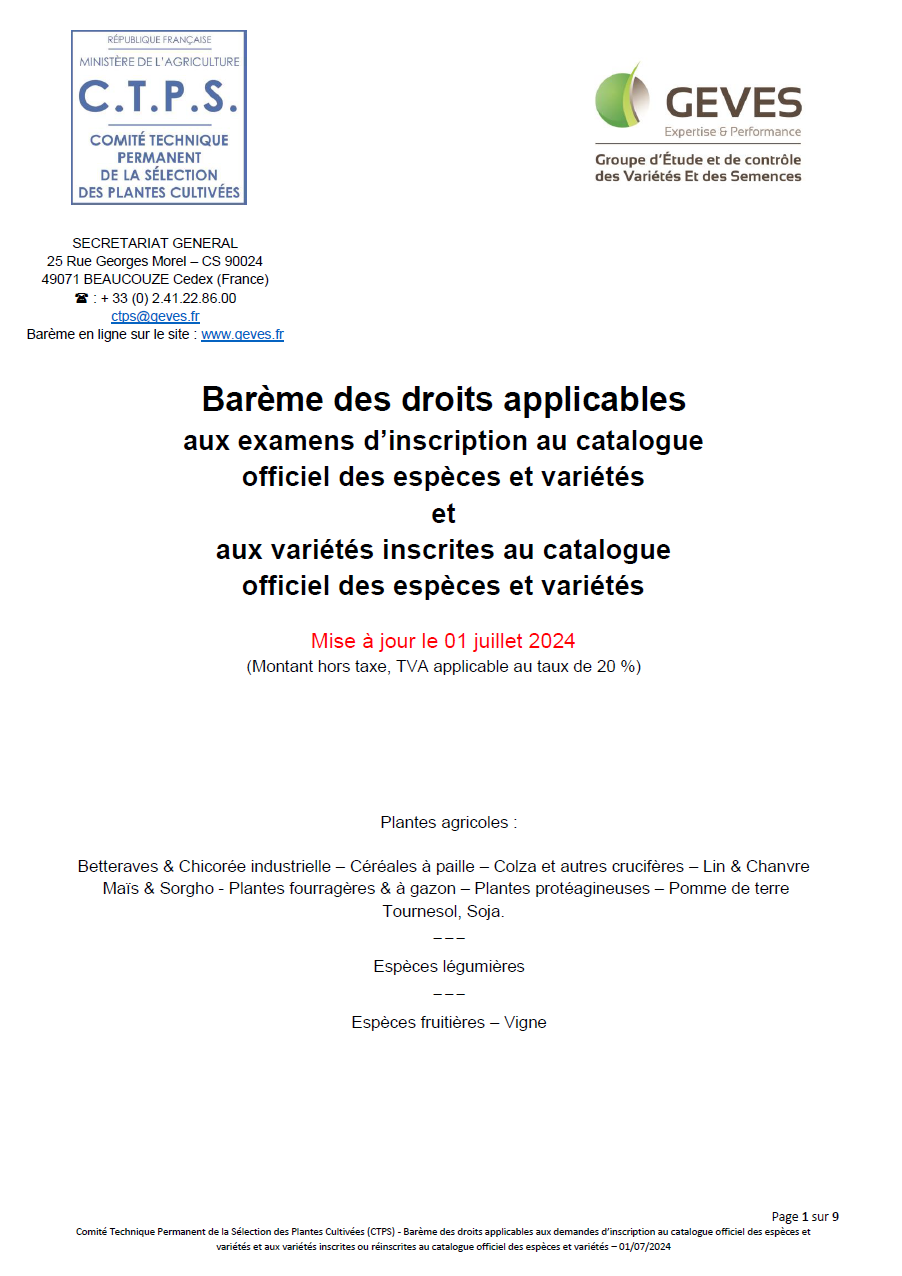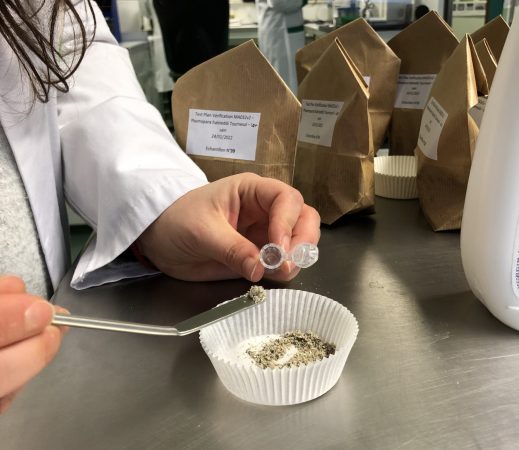
Detection of Plasmopara halstedii on sunflower seeds, a method proposed by GEVES made official
The GEVES method for detecting the oomycete fungus Plasmopara halstedii responsible for sunflower downy mildew on sunflower seeds has just been made official. As a National Reference Laboratory (NRL) for plant health on non-quarantine organisms whose main matrix is seed, GEVES has proposed to the Ministry of Agriculture the officialisation of this new version of the Plasmopara halstedii detection method, which was initially developed by ANSES. This method applies to NRLs as well as to laboratories approved for official analyses.
The EU Plant Health Regulation includes several measures to control the dissemination of pests within the European Union. These include analyses of plant material in circulation. These tests are carried out in each Member State by the NRL or approved laboratories. The NRL is responsible for proposing methods that will be formalised by the Ministry of Agriculture.Several NRLs have been designated in France on different mandates. The GEVES pest detection unit is responsible for mandates corresponding to regulated non-quarantine pests on seeds.
In this context, the GEVES method M-GEVES/SV/MO/008 for detecting Plasmopara halstedii in sunflower seed was officially approved by the Ministry on 15 January 2024.
This method is based on the former official French method (ANSES/LSV/MA032 v2). It detects the presence of P. halstedii DNA in a sample of sunflower seed (Helianthus annuus). It is applicable to untreated sunflower seed.
It is applicable to any official control to detect P. halstedii on sunflower seed, particularly for import or export (issue of phytosanitary certificates) and the movement of seed within the European Union (issue of plant passports).
This qualitative method enables P. halstedii to be detected by SE-qPCR within the detection limit of the technique used. By using primers and a labelled probe, the combination of which is specific to P. halstedii, genomic DNA specific to this fungus can be detected and amplified. Detection is carried out in a total DNA extract obtained from crushed seed samples. This technique cannot be used to evaluate the viability of P. halstedii.
The officialisation of this method is the result of collaborative work within the GEVES pest detection unit.

